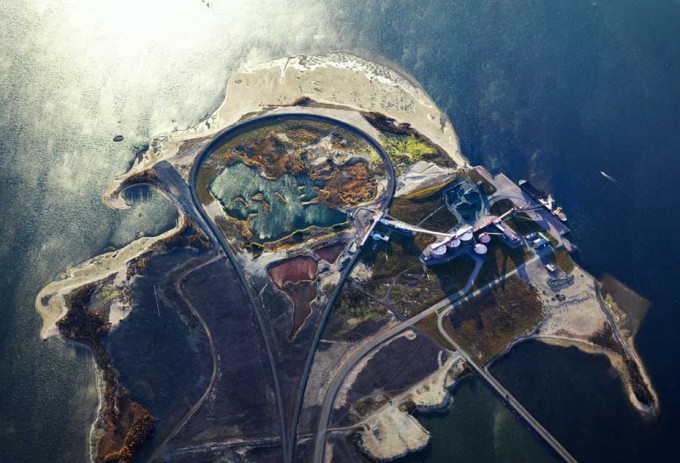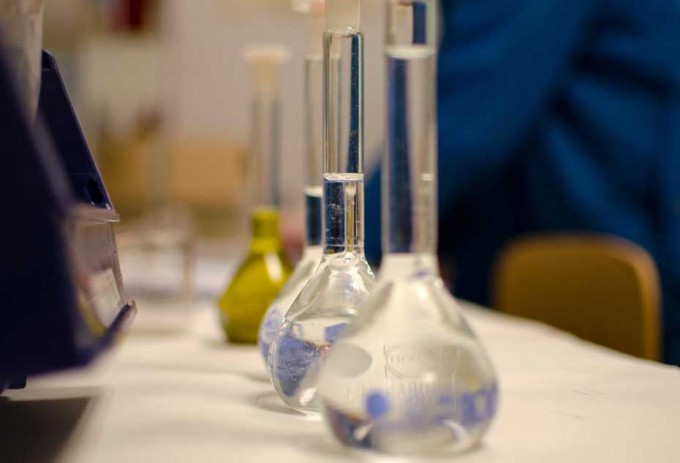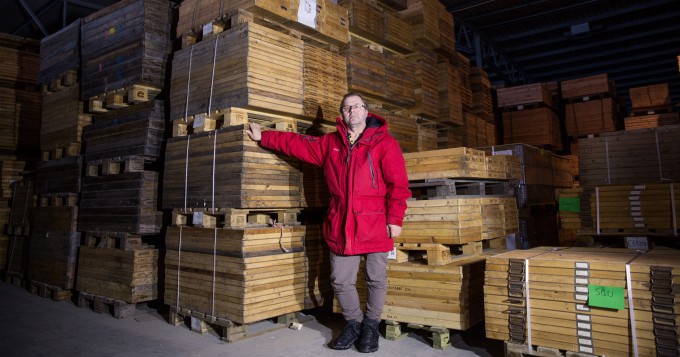
Photo: LKAB
Every mine will inevitably affect the environment, but it is certainly possible to synchronize society’s development with its need for minerals while also maintaining responsibility for nature and biological diversity.
To minimize the environmental impact of the mine, we control every phase of the mine’s life cycle, from the exploration stage to post-mining rehabilitation. A number of Swedish consulting agencies and technology companies offer services and products for this purpose, both within Sweden and abroad. They cover everything from exploration permits and environmental impact studies to dam construction and post-treatment methods. In addition to these diverse high-level offerings of mining technology, there’s also a wide range of companies offering niche services.
To achieve success, it’s important to tackle environmental challenges early on in the process. Through systematic thinking, a land-use plan that takes into account the entire life of the mine can be developed in the startup phase. This gives foreign mining companies wishing to establish themselves in Sweden an early opportunity to get an idea of what will be required in order to create a successful mining project—including how to apply for permits and what they must take responsibility for. Foreign mining companies with operations outside Sweden can utilize sustainable Swedish methods for developing effective facilities and processes.
The Swedish pool of expertise consists of a diverse group of companies, including major consultants with a wide range of knowledge as well as smaller niche consultants.

Nyamko Sabuni, Vice President for Sustainability at ÅF AB
“Our goal is to make our customers’ companies more sustainable while helping them reach their business goals. We help them maximize their business to achieve the most sustainability. We evaluate and analyze all input and then use it to simulate and craft effective processes, facilities, and equipment. We’re also used to handling various types of stakeholders and being respectful of human rights,” says Nyamko Sabuni, Vice President for Sustainability at ÅF AB.
Sustainable mining is not just about buying freedom, but about taking responsibility for the harm that the operations may cause while also becoming profitable in the long-term. Exploration must occur with great respect for nature and human life.
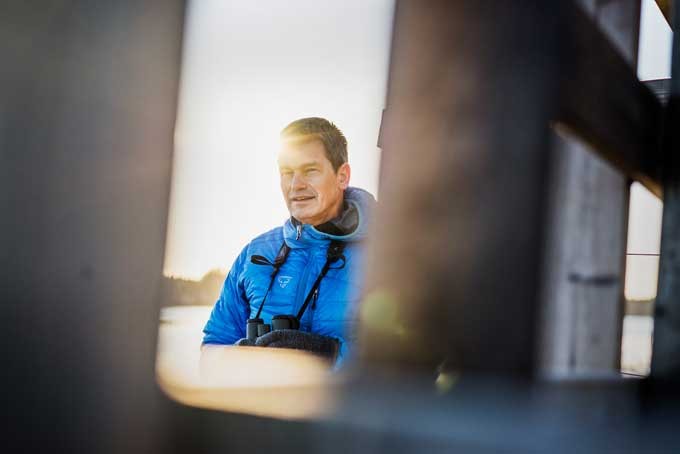
Anders Entjärn, founder of Entjärn Natur.
“You can’t move deposits, but there are still great opportunities to do good. For example, you can compensate for damage to one place by improving the quality of nature in another and thereby offset the effects of the mining. In the future, I’m convinced that such ecological compensation will be the standard,” says Johan Lindberg, Ecological Consultant for Enetjärn natur.
Johan Lindberg highlights the importance of understanding land use and the consequences of mining operations, and using that as a base for finding solutions to these problems. For Sweden, this includes ensuring that both reindeer grazing and mining can go on in harmony.
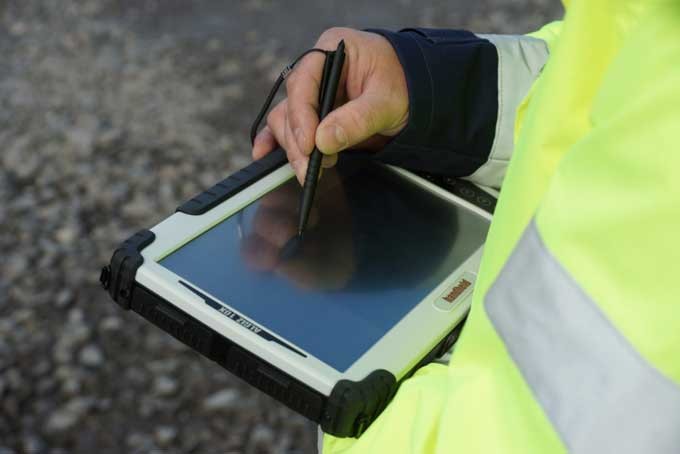
Photo: SmartPlanes
Investigating potential exploration areas, documenting environmental effects, taking stock, creating action plans, keeping an eye on ground movements and showing the effects of previous actions are all of great importance for sustainable mining. Before drilling and damaging the bedrock, everything needs to be measured through geophysical methods from the air, on the ground, and in the water.
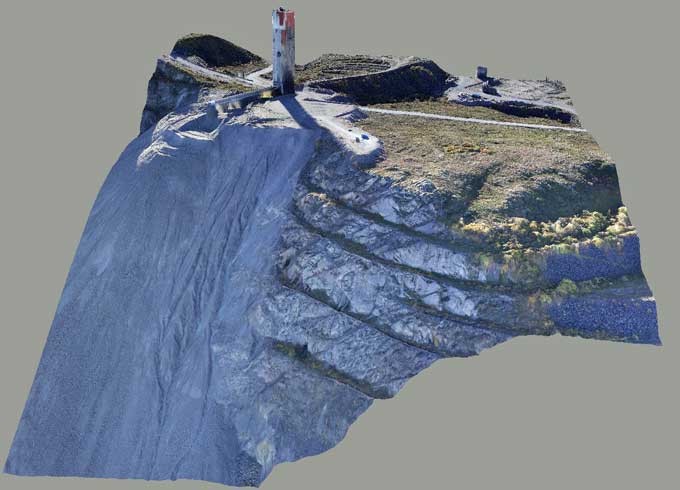
Photo: SmartPlanes
The terrain often requires traveling on foot for days. Being able to carry out necessary mapping in a more effective and environmentally friendly way is the mission of SmartPlanes, a surveying and mapping company. Their remote-controlled aircraft fly low and collect data and high-quality pictures of the region that is to be examined. This doesn’t eliminate the need for physical visits, but the preparation that it provides consultants with can lead to only having to budget for two days in the field, compared to five, and ensures that the right areas are examined. It also helps consultants to know exactly which areas to visit.
“We must document our impact according to Swedish environmental laws. There is no alternative. It’s up to us to do so in the smartest and most resource-efficient way. SmartPlanes allow us to gain a lot of valuable information with very little effort, and sometimes give us better results than before. Instead of sending up specialists into the mine, we send aerial pictures down to the specialists,” says Liselott Olausson, Coordinating Environmental Engineer at LKAB.
SmartPlanes is just one example of how the need for sustainable practices is driving the development of technologies and work methods. So far there have been good results in terms of emissions. Management of mining waste, the most substantial environmental impact of the industry, is the next area where companies can achieve major improvements. Leaving mining waste without coverage is now completely unacceptable and many mines are actively starting to work towards engaging in post-treatment efforts during the life of the mine. Succeeding here is a key factor for the future of the mining industry.
